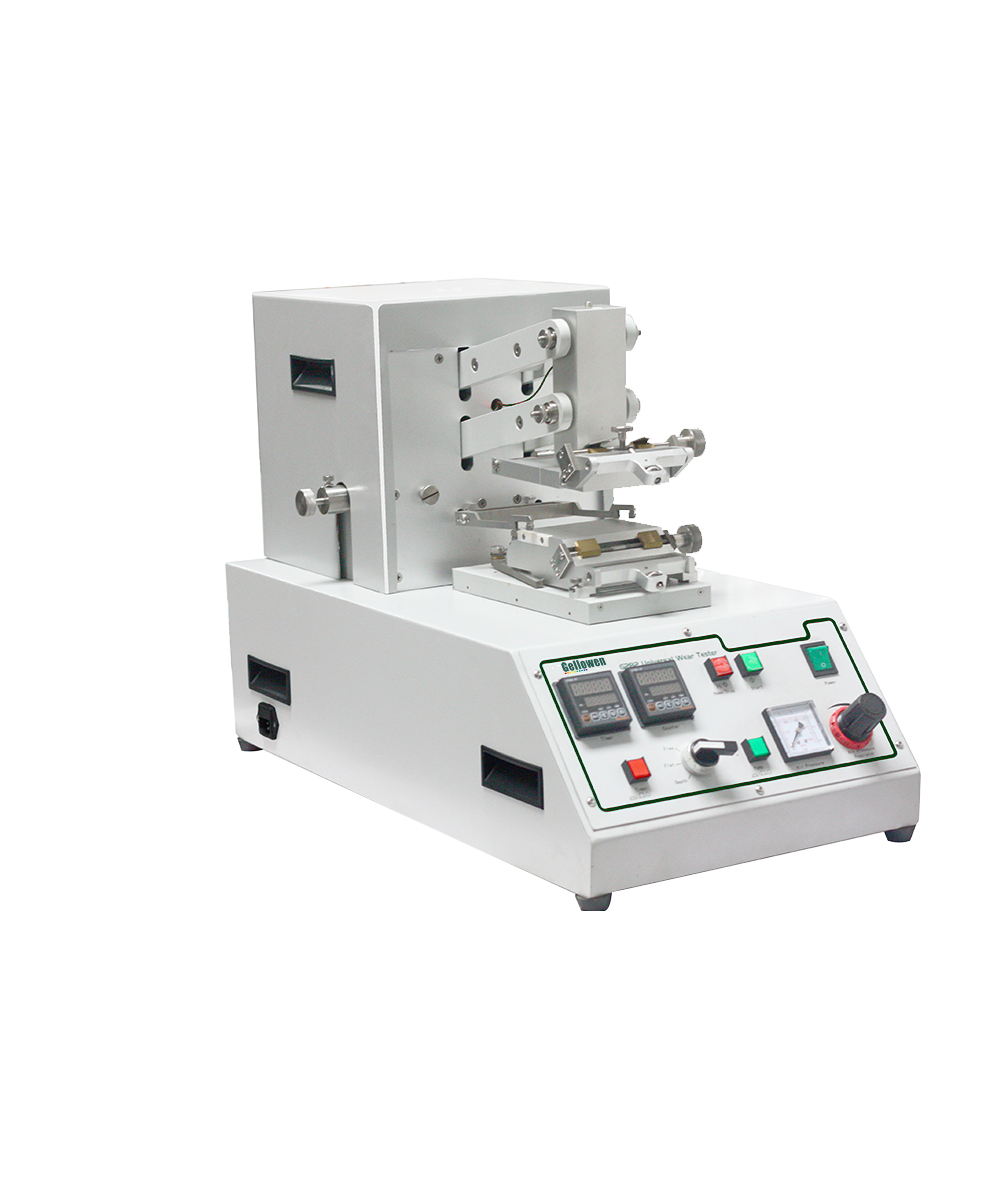- Qinsun Instruments Co., Ltd.
- Tell:+86-21-6780 0179
- Phone:+86-17740808215
- Address:No. 2578 Minhang District Gu Dai Road, Shanghai
- Contact:Mr. Li
- QQ:846490659
How does the Universal Wear Tester simulate different wear mechanisms?

The Universal Wear Tester can simulate different wear mechanisms, such as rolling wear, sliding wear, abrasive wear, etc., by changing the test sample, wear body and test conditions in various ways.

1. Sliding wear:
In a sliding wear test, the test specimen and the wear body are in sliding contact with each other. The universal wear tester can simulate different sliding wear situations by changing parameters such as the material of the contact surface, surface roughness, contact pressure and speed.
2. Rolling wear:
In rolling wear testing, the test specimen and the wear body are in rolling contact with each other. The universal wear tester can simulate different rolling wear situations by changing parameters such as shape, size, material and surface roughness of the contact surface.
3. Abrasive wear:
In an abrasive wear test, the wear of the material is simulated by adding abrasive particles. The general purpose wear tester can simulate different abrasive wear situations by changing parameters such as shape, size, hardness and concentration of the abrasive grains.
In addition to the above methods, the universal wear tester can also simulate different wear mechanisms by changing the geometry, material composition and surface coating of the test sample. For example, spherical wear can be tested for spherical samples, or flat wear for flat samples.
With these methods, the universal wear tester can simulate different wear mechanisms and thus evaluate and compare the wear resistance of different materials.





